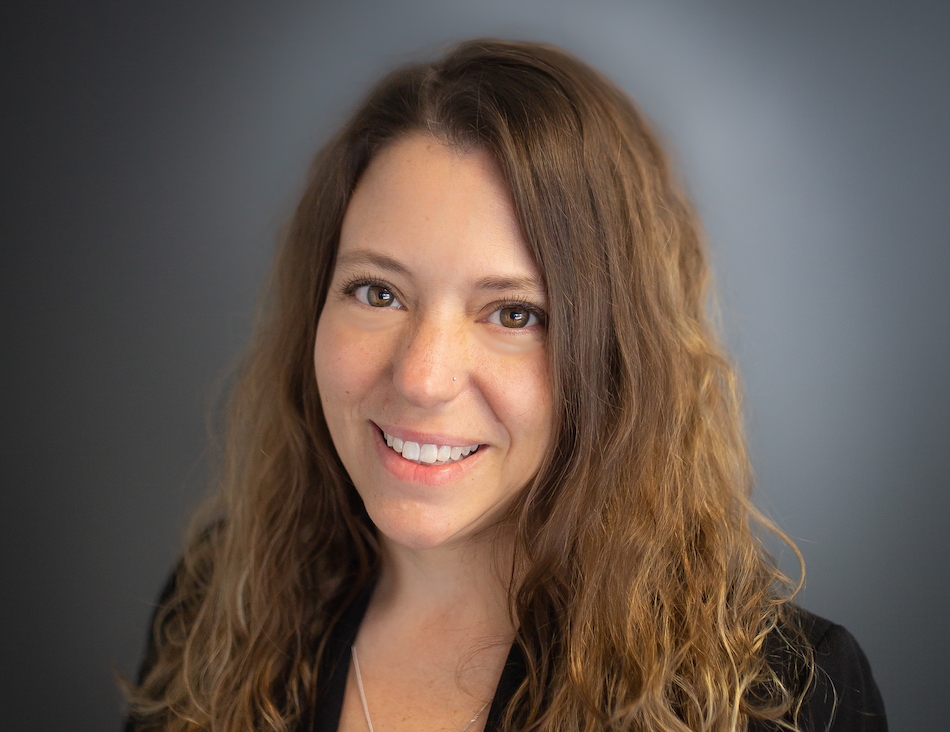
Features
Profiles
Spotlight: Sarah Skinner of Ingersoll Paper Box
June 11, 2019 By PrintAction Staff

Established in 1922, Ingersoll Paper Box Co. Ltd. is a family-owned folding-carton manufacturer based in Ingersoll, Ont., with 85,000 square feet of manufacturing space including 38,000 square feet of warehousing space. The newest addition to its postpress department is a new high-speed Koenig & Bauer-Iberica Optima 106K die-cutter, which went operational in January. The purchase follows IPB’s 2014 installation of a Koenig & Bauer Rapida 106 41-inch, seven-colour sheetfed press built for full UV production, described as the first of its kind in North America. PrintAction chats with Sarah Skinner, President of Ingersoll Paper Box who is the company’s fourth-generation leader.
PA: How has Ingersoll Paper Box stayed competitive after nearly 100 years of business?
SS: Ingersoll Paper Box is a fourth-generation family-owned business that prides itself on providing the highest quality cartons, innovation and customer satisfaction. IPB’s business philosophy is centred on trust, reliability, quality and innovation, all of which have served us well for almost 100 years. We continuously invest in state-of-the-art technology to ensure we can serve our customers, providing them with the highest quality product. All our employees know that providing the best customer service and the highest quality folding carton is paramount. We know, just as they did in 1922, that our customers are depending on us. Our business has grown over the decades through the success of our customers.
PA: What does the new installation of the Iberica mean for Ingersoll Paper Box?
SS: The new Iberica die-cutter with blanking capabilities is another investment in our capital purchases that support our strategic growth plan. This capital investment adds more capabilities, faster speeds and increased capacities, all of which benefit our customers with highest quality and fast turnaround times. It is the continuous investment in our technology and employees that has allowed us to grow and continue to grow.
PA: What packaging trends do you see in the industry right now?
SS: Sustainability is one of the most prevalent trends in our industry. If you look at all the plastic polluting our oceans, it should influence consumers to buy paperboard packaging whenever possible, as it has the least harmful impact on our planet’s health. Many of our customers, established brands and new brands (such as licensed cannabis producers), are looking for environmentally friendly options. This is driven by their own environmentally conscious brands and policies as well as being consumer driven. According to the North American industry trade association Paperboard Packaging Council (PPC), 77 percent of all consumers prefer to buy a product from a company that uses recycled paperboard packaging over other forms of less sustainable packaging. IPB is extremely environmentally conscious in our business practices and in what we offer to our customers. I think it’s important to debunk myths about paperboard not being environmentally friendly. We must do a better job of educating the public on what our industry has known for generations — that paperboard packaging, unlike fossil fuel-based plastic packaging, is made from a renewable resource, is recyclable, and is the best choice for the environmentally conscious consumer. According to the PPC, virtually all paperboard consumed in North America today comes from farms where trees are planted, harvested and replaced specifically to be converted into paperboard. Five trees are planted for every one harvested for paper, and the young trees planted soak up more carbon dioxide than older ones. Also, whatever wood waste isn’t used to make paperboard is converted into power, saving energy costs and reducing reliance on non-renewable fossil fuels.
PA: What’s next for Ingersoll Paper Box?
SS: Seventy-five percent of consumer decisions are made at the point of sale in less than 10 seconds; this means that packaging must cut through the clutter on store shelves and communicate value to consumers. This continues to be our challenge — to offer our customer endless ways to cut through the clutter and attract a buyer’s attention, thus reinforcing their brand. What’s next for IPB is to continue to meet this challenge.
PA: You said packaging must “cut the clutter” and communicate value. What are some elements of effective packaging?
SS: The most important element of effective packaging is that it is able to attract the consumer’s eye. That is the combination of graphic design and structural design. Graphically, this would entail colours and finishes, such as embossing, light catching foil or spot coating. Structurally, for example, could mean that a box is in the shape of a triangle. The structural design allows for the graphics to be optimized for consumer impact.
This Q&A was originally published in the June 2019 issue of PrintAction, now available online.
Print this page